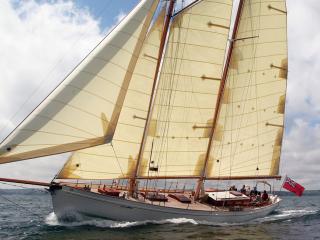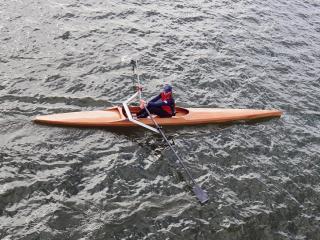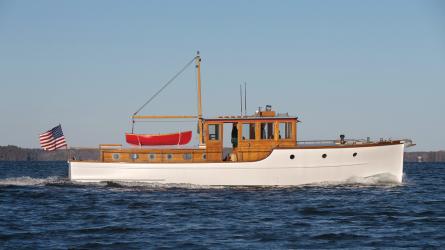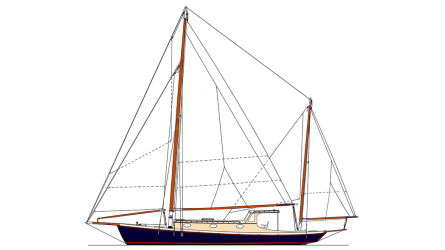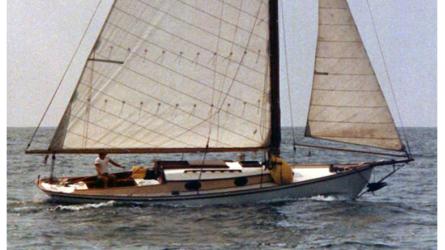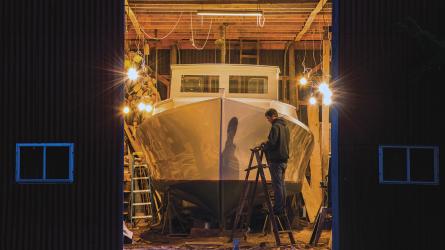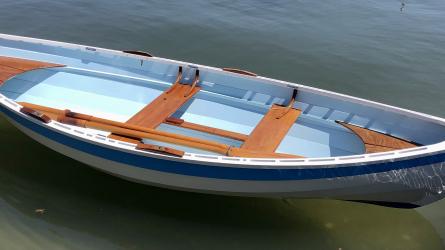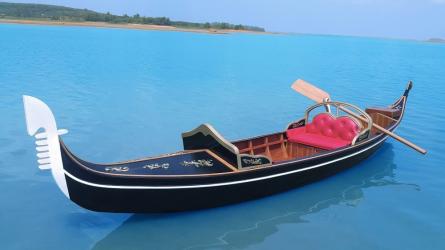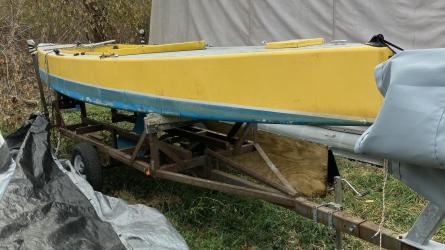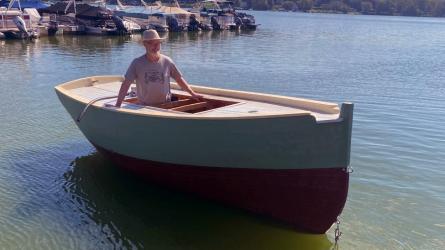May / June 2019
A Builder’s Theory of Beauty
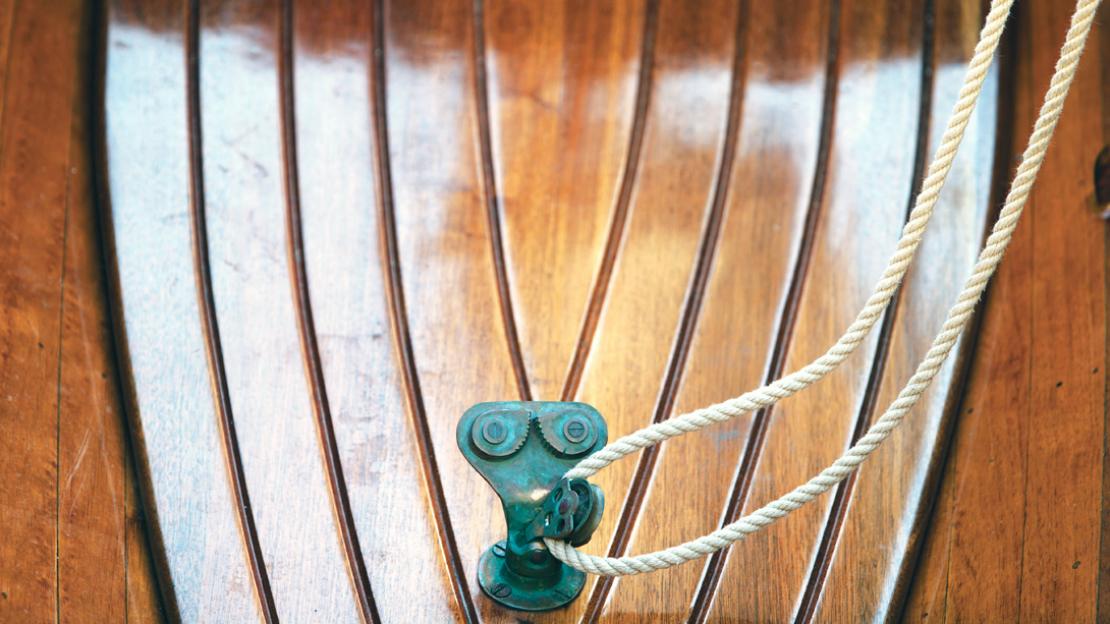
What makes a boat beautiful? And as long as it’s seaworthy and functional, does it need to be beautiful at all?
Once you have owned a wooden boat, or built one, or simply become a pathetic lovesick dock hound, you may find yourself walking through a forest, seeing boats in the trees: a fine stem in the crook of that gnarled live oak, a grove of masts in the prospective yield of this old-growth Sitka spruce. I have learned to not give voice to these visions when hiking with friends, who invariably find them self-indulgent or even sacrilegious. I wonder myself, sometimes: how does one justify creative works that also require destruction?
A key character in Richard Powers’ new novel, The Overstory, proposes: “When you cut down a tree, what you make from it should be at least as miraculous as what you cut down.”
I have been contemplating this idea, which I like, and realize it suggests that there may exist a morality of beauty. It also leads me to contemplate, not for the first time, what beauty is—particularly as it applies to the design and building of boats. I’m going to try to lay it out here, not in the language of philosophy (which I don’t speak), but in practical terms. What makes a boat beautiful? And as long as it’s seaworthy and functional, does it need to be beautiful at all?
Things go wrong when you build a wooden boat, even when you are experienced and careful, and only moderately distracted by the radio playing in your shop. You measure twice and still cut a plank a half-inch too short. You plane a bevel to the converse of the required angle, or you commit a series of small, compounding errors such as I just have, leading to a cabin trunk sidewall in which a starboard portlight oval cutout lies 3⁄4" higher than its counterpart on the port side.
Three-quarters of an inch—a small discrepancy on a 21' boat. I spend a good half-hour studying it from every possible angle, climbing inside and out, even mounting a stepladder to see how it might look from the marina dock or the deck of a taller passing boat. The issue, I realize, isn’t that the two sides look slightly different. It’s that if you visualize a line drawn through the long axes of the two starboard portlights, it doesn’t quite parallel the sheerline. It points upward, slightly. And while it isn’t outright ugly, it’s a slight visual dissonance, a chord with a faint overtone that’s out of tune.
To read the rest of this article:
Click the button below to log into your Digital Issue Access account.
No digital access? Subscribe or upgrade to a WoodenBoat Digital Subscription and finish reading this article as well as every article we have published for the past 50+ years.
ACCESS TO EXPERIENCE
2-for-1 Print & Digital Subscription Offer
For this holiday season, WoodenBoat is offering our best buy one, get one deal ever. Subscribe with a print & digital subscription for $42.95, and we’ll give you a FREE GIFT SUBSCRIPTION to share with someone special.
1 YEAR SUBSCRIPTION (6 ISSUES)
PLUS ACCESS TO MORE THAN 300 DIGITAL BACK ISSUES
PRINT+DIGITAL $42.95
Subscribe
To read articles from previous issues, you can purchase the issue at The WoodenBoat Store link below.
 Purchase this issue from
Purchase this issue from
